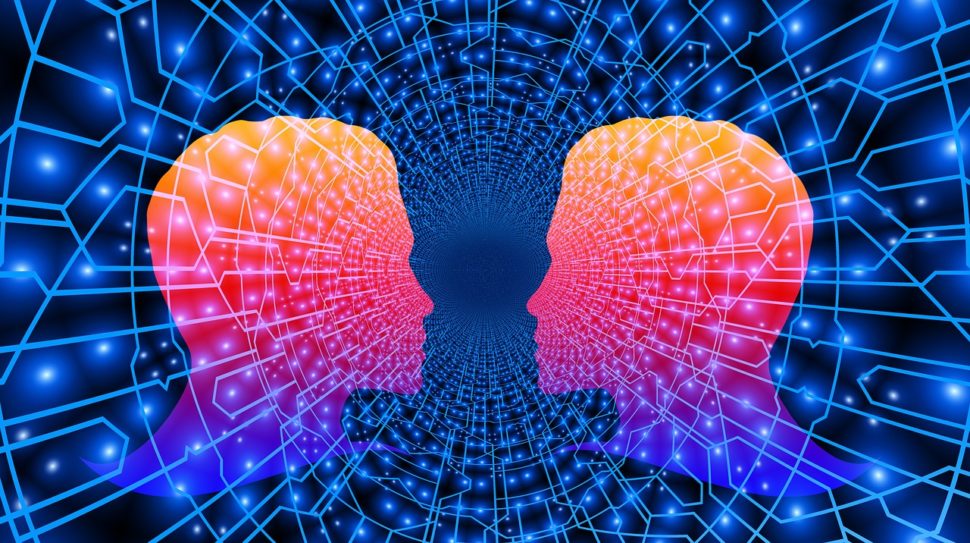Based on minimal data, AI can reproduce convincing fake voices and videos of existing people with incredible and worrying accuracy.
But, aside from all the potential positive applications of such technology, there’s always the pitfalls as illustrated by deepfakes.
As deepfake technology gets better and more accessible, it further complicates the fight against misinformation and fake news.
Just last Thursday in the U.S., a video of Democratic leader and House Speaker Nancy Pelosi was altered to make her look as if she was drunk.
Soon the deepfake video became viral and was shared by many, including President Trump himself, some of his associates like his lawyer Rudy Giuliani, and members of the Republican Party.
This video and its suspicious instant virality, especially given the particular political context in America, highlights the alarming nature of deepfakes.
With AI-powered Deepfake technology on the rise, we can count on AI to determine the authenticity of photos or videos.
New AI-Watermarking Technique to Outsmart Deepfake AI
VFX artists in the film industry have been doing face swapping for years, a monumental task that requires highly-skilled CGI wizards and video editors, and a lot of time and technical resources.
One of the recent examples is what they did with Carrie Fisher’s character in Star Wars Rogue One. A young actress did the acting while her face was swapped for that of Princess Leia.
The portmanteau “deepfake” is built on “deep learning,” a form of AI characterized by its ability to do more with fewer data.
With deep neural networks, however, they can swap one face for another to edit a photo or a video in no time with a few clicks.
Read More: Samsung’s AI May Make Deepfake a Truly Terrifying Reality
Maybe deepfake software isn’t that fast and easy to operate at this point, but it’s only a matter of time before they became accessible and commonplace.
Researchers from New York University’s Tandon School of Engineering thought of a smart way to counter AI photo fakery. Led by Pawel Korus, a research assistant professor at NYU Tandon, the team developed an AI-watermarking technique to determine the authenticity of a photo.
This approach “replaces the typical photo development pipeline with a neural network – one form of AI – that introduces carefully crafted artifacts directly into the image at the moment of image acquisition. These artifacts, akin to “digital watermarks,” are extremely sensitive to manipulation.”
This prototype AI-imaging pipeline was tested and raised the chances of detecting photo manipulation by 45 to over 90 percent and without compromising image quality.
“Unlike previously used watermarking techniques, these AI-learned artifacts can reveal not only the existence of photo manipulations but also their character,” Korus said.
The team points to the system’s ability to be optimized for in-camera embedding to ensure photos are tamper-proof.
Even with these promising test results, researchers acknowledge that their system still needs refining. Thus they made their research open-source (accessible here). The team will also present their paper at the Conference on Computer Vision and Pattern Recognition in Long Beach, California (June 16 to 20th)



















Comments (0)
Most Recent